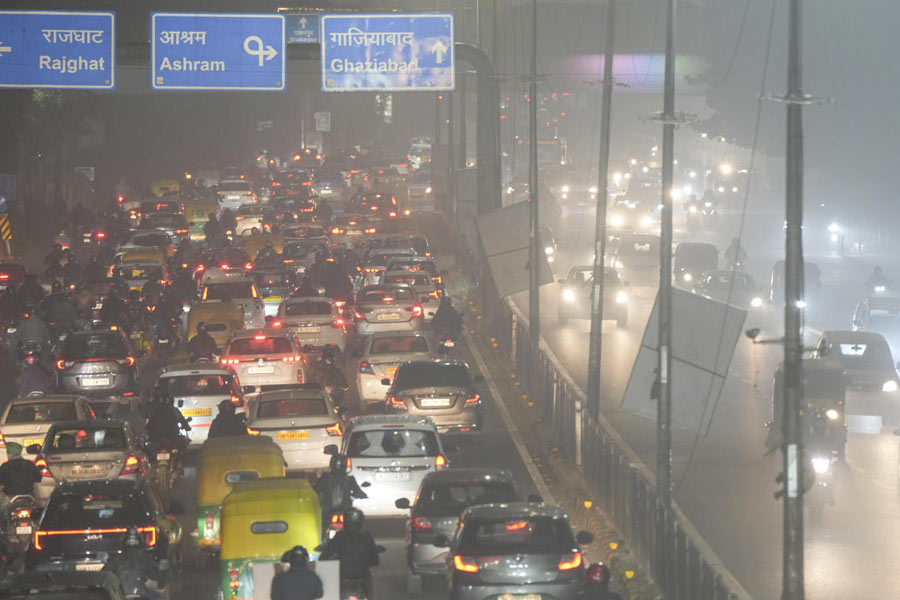 |
| Members of the rapid response team cull ducks at Bakta village in Hajo on Friday. Picture by Eastern Projections |
Rajabazar/Bakta (Hajo), Nov. 28: It is that time of year when ducks feed on fresh off-the-fields husk and gather fat around their supple flesh. Sarita Devi, angry because her duck was just starting to get fat, had been feeding it generously so that it grows ripe and ready for the Magh Bihu feast just one-an-half-months away.
“You have killed my duck. You have also killed our Bihu,” the 46-year-old wife of a farmer shouted at the rapid response team of the veterinary department as they left her courtyard, the dead duck hanging by the neck from one their hands.
As the rapid response teams spread out to the villages in Hajo to start culling of poultry to prevent the spread of bird flu to more areas, distraught people were asking only one question, “Why?”
The culling began around 11.30 this morning at Rajabazar, a minority-dominated village in Kamrup district with around 200 families. The veterinary department has identified this village as the epicentre of the bird flu outbreak and is targeting to cull around 30,000 poultry in a 5km radius of the village. The culling may take at least one week.
For people like Sarita Devi, however, their chicken and ducks looked fine. “Nobody here has poultry farms. But most people have their own backyard poultry farms with a couple of chicken or duck. There has been no death of poultry here,” said Aminul Haque of Rajabari whose two chicken were culled.
Sarita Devi said her family of six — husband, three daughters and a son — had planned to feast on the duck for the Magh Bihu feast. “We are poor people. Our poultry serves us during times of need. If someone falls ill, we sell one or two of them and use the money for treatment,” she said.
There were others like Ananta Kalita who, however, could understand the need of the hour. A local student leader, Kalita said he has been trying to help the veterinary department by explaining to the people why culling was necessary. “But these are very poor people and even one hen is like wealth to them,” he said.
The government pays Rs 50 for each full-grown poultry and Rs 20 for a chick.
Manoranjan Chaudhury, the deputy director of the veterinary department who was supervising the culling operations, said: “We will continue culling at night as most people let out their poultry in the morning. Our teams will stay overnight in the villages to carry out the task.”
While ducks do not fall prey to bird flu, they act as carriers of the deadly H5N1 virus which spreads rapidly once it enters a chicken’s body. Chaudhury said the virus “has most probably travelled through migratory birds. There are several water bodies in the area and they serve as nesting places of the migratory birds. The local poultry must have come with contact with the migratory birds here,” he said.
The Bhopal-based High Security Animal Disease Diagnostic Laboratory confirmed the presence of the H5N1 virus in the poultry of the area after testing samples sent by the veterinary department, which was alerted after large number of poultry died over the past one week.
Chaudhury said late tonight that around 1,000 poultry were culled today by 20 rapid response teams. “We are still collating the figures so the number could vary slightly. We covered 10 villages today.” He added that the speed would pick up from tomorrow when more teams would be pressed into service.










